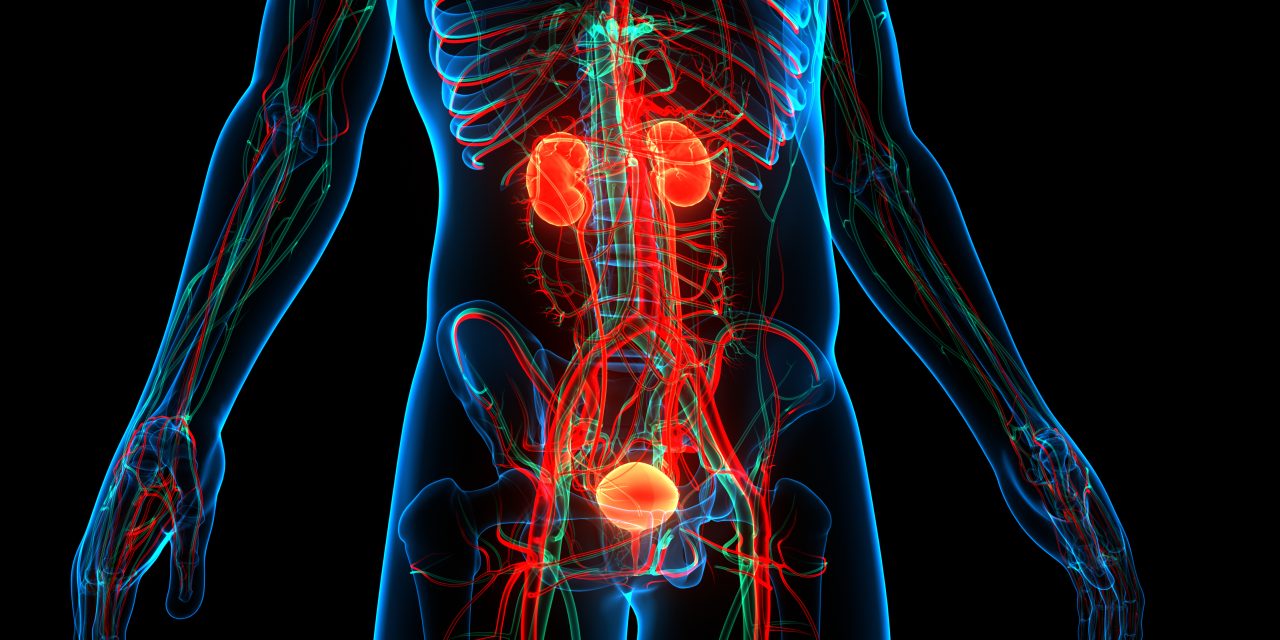Autophagy is an intracellular catabolic process of degrading and recycling proteins and organelles to modulate various physiological and pathological events, including cell differentiation and development. Emerging data indicate that autophagy is closely associated with male reproduction, especially the biosynthetic and catabolic processes of sperm. Throughout the fate of sperm, a series of highly specialized cellular events occur, involving pre-testicular, testicular and post-testicular events. Nonetheless, the most fundamental question of whether autophagy plays a protective or harmful role in male reproduction, especially in sperm, remains unclear.
We summarize the functional roles of autophagy in the pre-testicular (hypothalamic-pituitary-testis (HPG) axis), testicular (spermatocytogenesis, spermatidogenesis, spermiogenesis, spermiation) and post-testicular (sperm maturation and fertilization) processes according to the timeline of sperm fate. Additionally, critical mechanisms of the action and clinical impacts of autophagy on sperm are identified, laying the foundation for the treatment of male infertility.
In this narrative review, the PubMed database was used to search peer-reviewed publications for summarizing the functional roles of autophagy in the fate of sperm using the following terms: ‘autophagy’, ‘sperm’, ‘hypothalamic-pituitary-testis axis’, ‘spermatogenesis’, ‘spermatocytogenesis’, ‘spermatidogenesis’, ‘spermiogenesis’, ‘spermiation’, ‘sperm maturation’, ‘fertilization’, ‘capacitation’ and ‘acrosome’ in combination with autophagy-related proteins. We also performed a bibliographic search for the clinical impact of the autophagy process using the keywords of autophagy inhibitors such as ‘bafilomycin A1’, ‘chloroquine’, ‘hydroxychloroquine’, ‘3-Methyl Adenine (3-MA)’, ‘lucanthone’, ‘wortmannin’ and autophagy activators such as ‘rapamycin’, ‘perifosine’, ‘metformin’ in combination with ‘disease’, ‘treatment’, ‘therapy’, ‘male infertility’ and equivalent terms. In addition, reference lists of primary and review articles were reviewed for additional relevant publications. All relevant publications until August 2021 were critically evaluated and discussed on the basis of relevance, quality and timelines.
(i) In pre-testicular processes, autophagy-related genes are involved in the regulation of the HPG axis; and (ii) in testicular processes, mTORC1, the main gate to autophagy, is crucial for spermatogonia stem cell (SCCs) proliferation, differentiation, meiotic progression, inactivation of sex chromosomes and spermiogenesis. During spermatidogenesis, autophagy maintains haploid round spermatid chromatoid body homeostasis for differentiation. During spermiogenesis, autophagy participates in acrosome biogenesis, flagella assembly, head shaping and the removal of cytoplasm from elongating spermatid. After spermatogenesis, through PDLIM1, autophagy orchestrates apical ectoplasmic specialization and basal ectoplasmic specialization to handle cytoskeleton assembly, governing spermatid movement and release during spermiation. In post-testicular processes, there is no direct evidence that autophagy participates in the process of capacitation. However, autophagy modulates the acrosome reaction, paternal mitochondria elimination and clearance of membranous organelles during fertilization.
Deciphering the roles of autophagy in the entire fate of sperm will provide valuable insights into therapies for diseases, especially male infertility.
© The Author(s) 2021. Published by Oxford University Press on behalf of European Society of Human Reproduction and Embryology.
Autophagy: a multifaceted player in the fate of sperm.


